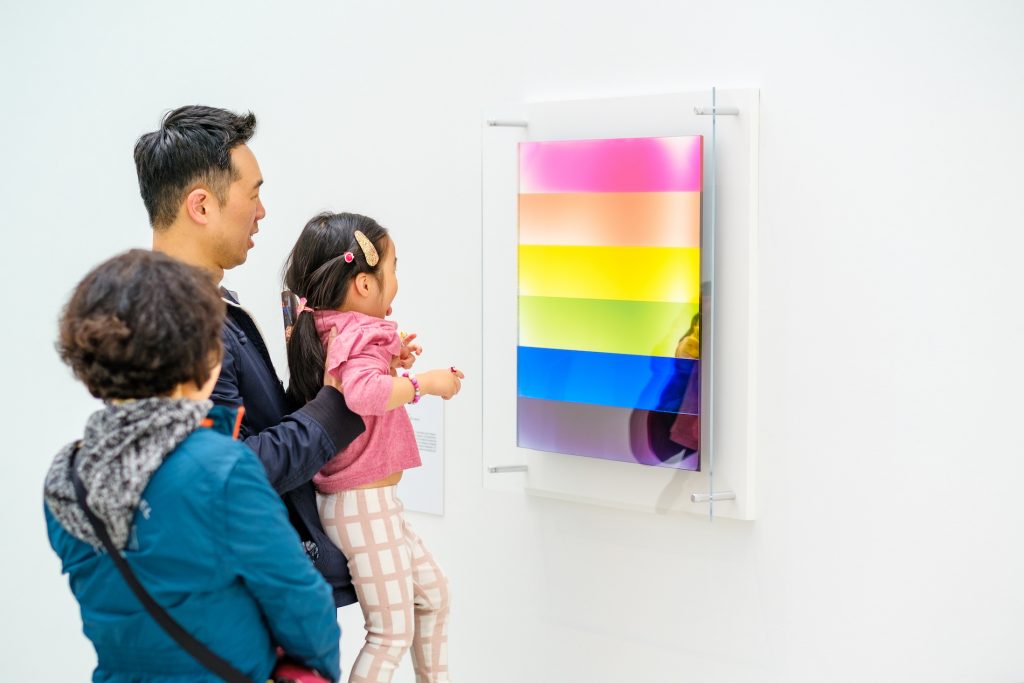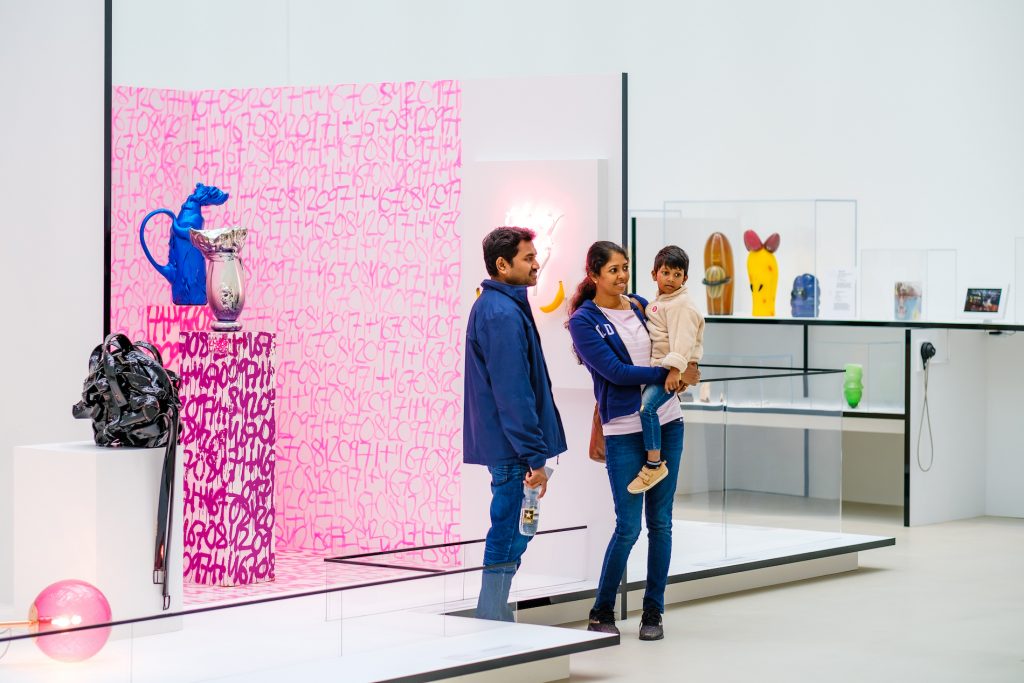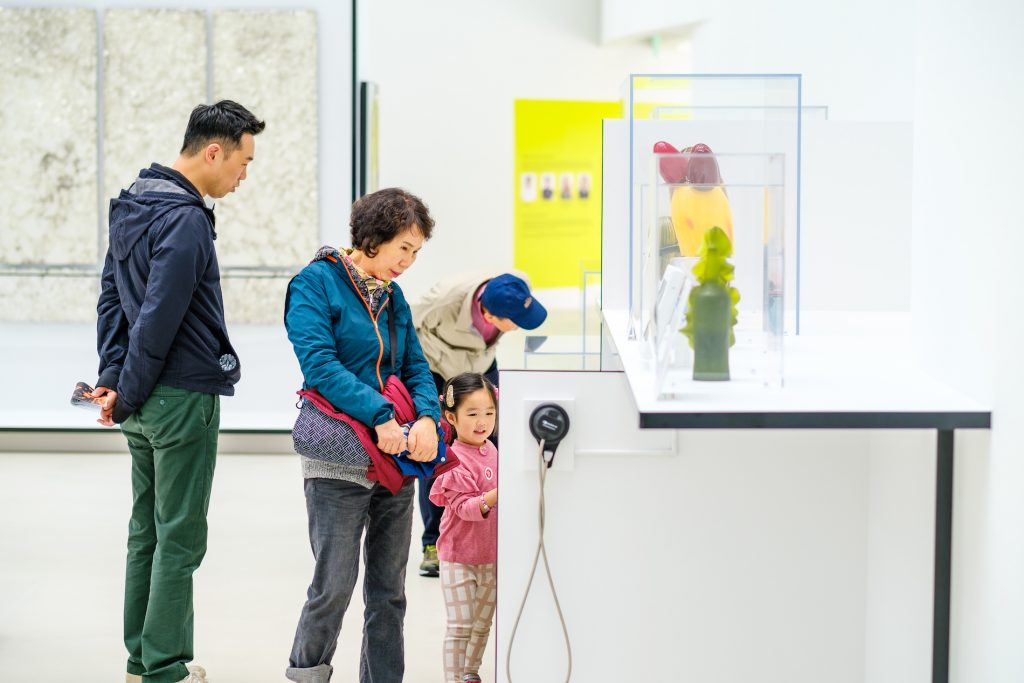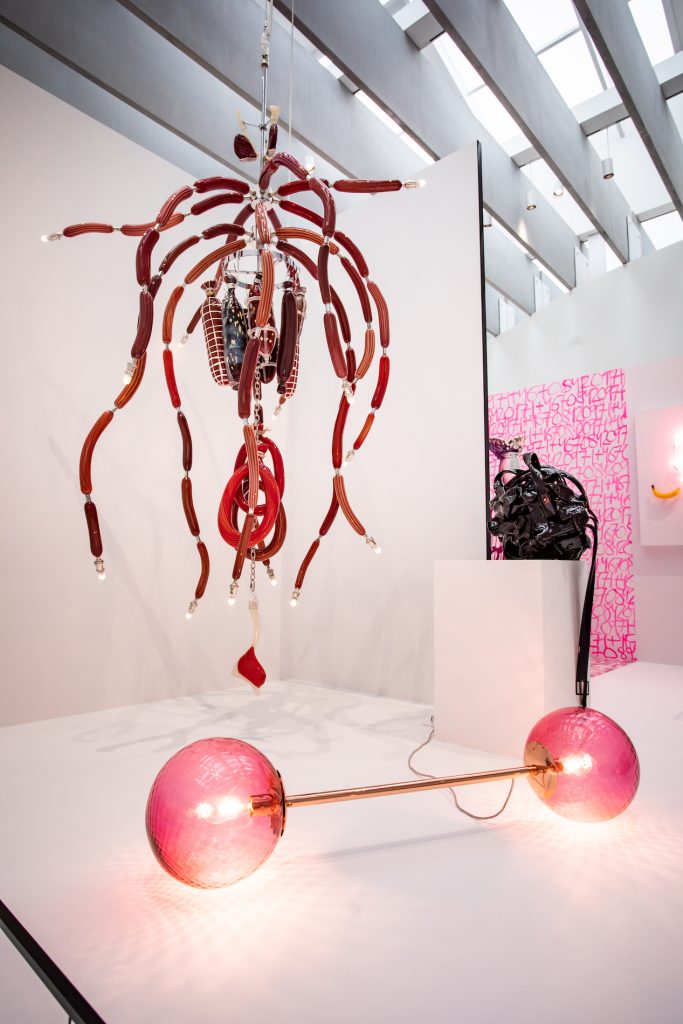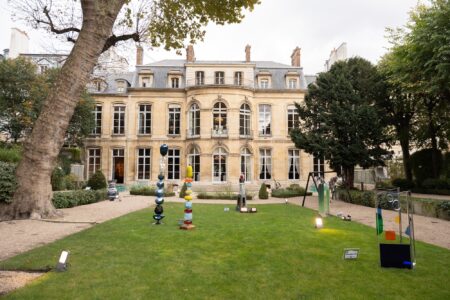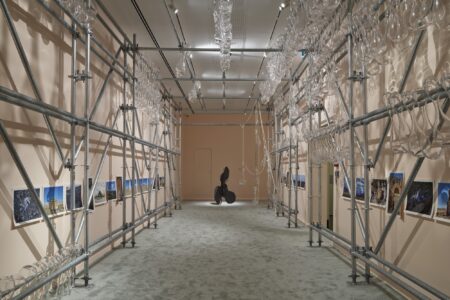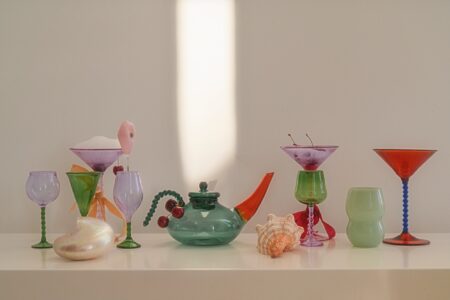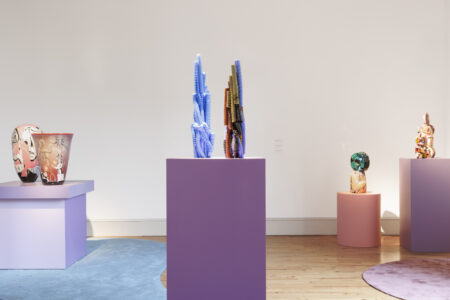The Corning Museum of Glass: Past, Present and Future
This year’s the Corning Museum of Glass’ annual seminar on glass is in conjunction with the exhibition New Glass Now and focusses on the past, present and future of contemporary glass. The exhibition provides a unique insight into the institution’s history exploring the Glass 1959 and New Glass: A Worldwide Survey (1979) exhibitions.
This year’s the Corning Museum of Glass’ annual seminar on glass is in conjunction with the exhibition New Glass Now and focusses on the past, present and future of contemporary glass. The exhibition provides a unique insight into the institution’s history exploring the Glass 1959 and New Glass: A Worldwide Survey (1979) exhibitions.
Even though contemporary glass has changed fundamentally over the past 60 years, New Glass used a democratic curatorial model made up of an open, international call for submissions, responses from artists around the world and the selection of a panel of diverse thought leaders in art, craft, and design. The formula has remained faithful to the one developed in 1959 by Thomas S. Buechner, the Museum’s founding director.
For 60 years New Glass has added to the capacity and capabilities of the field through the foundational exhibitions Glass 1959 and New Glass: A Worldwide Survey (1979) as well as the annual publication New Glass Review. Central to New Glass is a democratic selection process that inspires conversation, enabling diverse panels and diverse audiences to have an opinion. These conversations about contemporary glass have shaped the field we know today.
Using the New Glass Now and New Glass Now exhibitions as a starting point, this two-day Seminar will feature lectures, panel discussions, and conversations on issues relevant to contemporary glass. Topics will include gender, feminism, and the modern hot shop; sexual orientation and contemporary glass; conversations with the New Glass Now selectors; glass 1959 and building a field of contemporary glass; New Glass: A Worldwide Survey (1979), taking glass global; and contextual overviews of contemporary glass in Europe and Asia.
All images: The Corning Museum of Glass.
